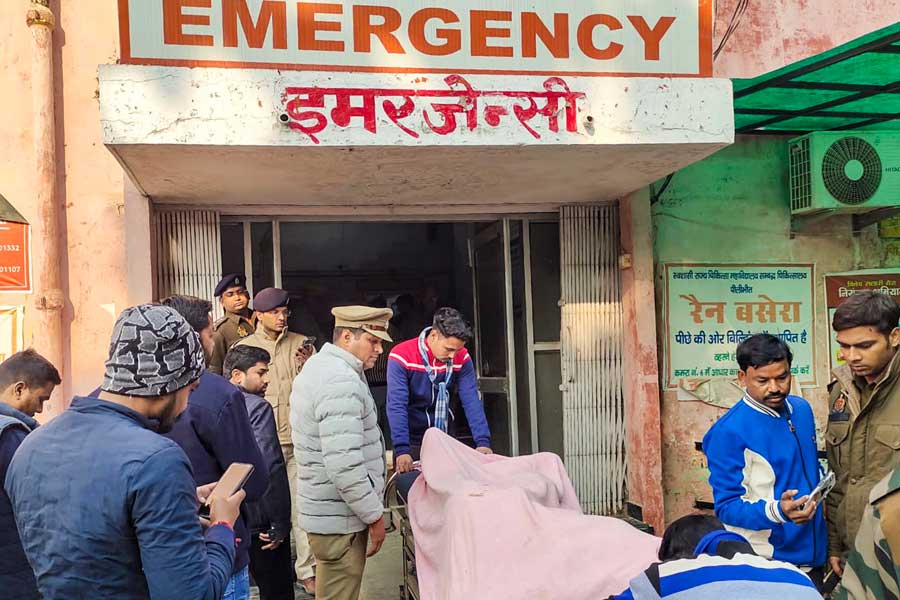Central bankers are waving red flags as the global economy slowly — but surely — starts to spin out of control with the prospect of a hard landing looming large. Just over a year ago, the monetary authorities in the advanced economies led by the Federal Reserve in the United States of America began to winch up interest rates in a desperate effort to rein in inflation, kick-starting what would become the fastest rate hike cycle in 40 years. Later this week, the Fed is expected to raise rates again before hitting a widely-anticipated pause button. But even before the rate increases could tame the bogey of runaway inflation, they have triggered the collapse of at least three regional banks in the US. The contagion risk from these US bank failures is low but the Reserve Bank of India does not want to take any chances. The RBI governor, Shaktikanta Das, has advised Indian banks to beef up their capital buffers so that they have adequate liquidity to meet their obligations in any kind of stressful situation. The central bank also intends to start looking closely at the business models that the banks employ in order to identify any potential vulnerabilities. The governor’s cryptic comments at a seminar on financial resilience did not seem to square with his recent assertion at the World Bank-International Monetary Fund annual meetings that the Indian banking system would not be affected by the financial shocks in the US.
Overall, bad loans in the gross non-performing assets have fallen to 4.41% at the end of December 2022 from 5.8% in March last year. Tests carried out by the RBI also reveal that none of the 46 scheduled commercial banks would breach the minimum capital requirement of 9% under the Basel III standards even in a situation of severe stress. But what looks good on paper today could unravel very quickly when a global banking crisis erupts. Domestic concerns brew as well. Credit growth in the banking sector surged to 17.5% in September last year — a rate last recorded in December 2011. The return of indiscriminate lending can spell trouble. Banks have already written off a huge stack of loans to clean up their books. The finance ministry now wants them to recover at least 40% of the amount, which is not going to be easy.










